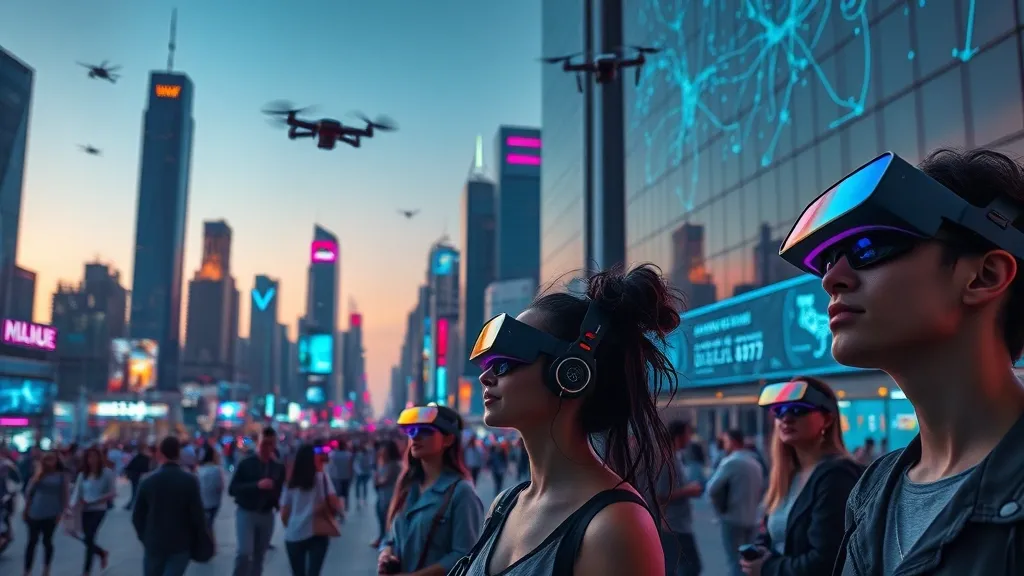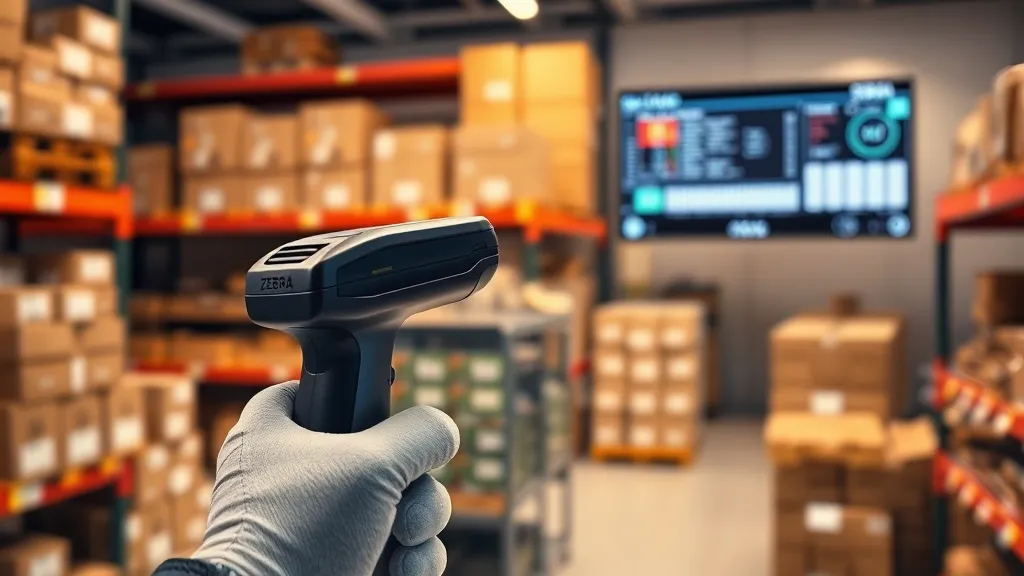Time Travelers: The Science Behind 4D Technology
Okay, so let’s dive into the wild world of 4D technology. It sounds super sci-fi, right? Like something out of a movie where you’d expect to see a crazed scientist yelling about time travel. But here’s the thing: 4D isn’t just about flying DeLoreans and flux capacitors. It’s a fascinating blend of time and space that’s actually being used in some pretty cool ways.
At its core, 4D technology adds a time dimension to the usual 3D models we’re all used to. You know how in a regular 3D model, you can see all the angles and shapes, but you can’t really interact with it over time? Well, that’s where the magic happens. 4D tech allows for changes to occur in these models over time—like watching a flower bloom in fast-forward or seeing how a building stands up to the test of time.
One of the most mind-blowing applications of this tech is in the construction and architecture industries. Imagine being able to visualize how a structure will age or how it’ll look under different weather conditions. It’s like having a crystal ball—but way cooler and probably less likely to give you bad vibes at a party.
- Predictive Maintenance: With 4D, engineers can model the wear and tear on materials over time. This means they can spot potential issues before they become major headaches. Think of it as a health check-up for buildings.
- Urban Planning: Cities are complex beasts. 4D models can show how different developments will impact traffic flow or how a new park might change the vibe of a neighborhood.
- Medical Applications: In healthcare, 4D imaging helps doctors visualize organs and tissues in motion, which can lead to better diagnoses and treatment plans. It’s like upgrading from a flip phone to the latest smartphone—everything just gets a lot clearer.
And let’s not forget entertainment! Ever been to a 4D movie? Those things are a ride! It’s not just about the visuals; it’s about experiencing the story in a way that makes you feel like you’re part of it. You might get splashed with water or feel a rumble under your seat. It’s fun and immersive—definitely better than just sitting there munching on popcorn.
So, while we might not be zipping through time just yet, 4D technology is definitely changing the game in various industries. It’s a glimpse into the future—where the past, present, and maybe even a bit of the future all collide. And honestly? I can’t wait to see what comes next!
Reimagining the Blueprint: How 4D is Reshaping Design
Okay, so let’s talk about 4D technology and how it’s flipping the script on design. If you’re like me, you might be thinking, “Great, another buzzword.” But honestly, this one’s pretty cool. 4D isn’t just about fancy graphics or futuristic gizmos; it’s about adding a whole new dimension to how we approach design and architecture.
Picture this: you’re working on a building design, and instead of just static blueprints, you’ve got a model that can change and adapt over time. That’s what 4D does—it incorporates the element of time into the design process. It’s like watching your plans come to life, almost like magic! Okay, maybe not magic, but you get what I mean.
With 4D modeling, designers can visualize how a project will evolve. Imagine being able to see how a structure would look over the years, factoring in things like weather conditions, wear and tear, or even how people will interact with the space. It’s kinda like having a crystal ball for design. You can spot potential issues before they become a headache, which is a total game-changer.
- Efficiency: Time is money, right? 4D modeling helps streamline processes, saving everyone from architects to contractors a ton of it.
- Collaboration: It allows teams to work together more effectively. Everyone can see the same evolving model, which makes discussions clearer. No more “I thought we agreed on blue!”
- Real-time adjustments: If something doesn’t work, you can tweak it on the fly. Gone are the days of redoing entire plans because someone didn’t like a wall placement.
But it’s not just about practicality. There’s a creative aspect too. Designers can play around with concepts in a way that wasn’t possible before. It’s like being a kid with a box of Legos, but now you can see how your castle will stand after a few years of rain. I mean, who wouldn’t want that kind of insight?
So yeah, 4D technology is reshaping design in some seriously innovative ways. It’s not just a tool; it’s a whole new way of thinking about how we create spaces and structures. And honestly, I can’t wait to see where it goes next. Let’s just hope it doesn’t involve too much math—my brain can only handle so much!
Beyond the Screen: 4D’s Impact on Entertainment and Experience
So, let’s talk about 4D technology and how it’s flipping the script on entertainment and experiences. You know when you go to a theme park and the ride has those crazy effects that make you feel like you’re flying? Yeah, that’s basically 4D in action. It’s not just about watching anymore; it’s about living the experience. And I’m totally here for it!
Imagine this: you’re at the movies, and during a big action scene, you feel a gust of wind right in your face. Or maybe you’re watching a horror flick, and suddenly, the seat shakes, and you jump out of your popcorn. Talk about immersive! 4D is like the cherry on top of the entertainment sundae, making everything a whole lot more thrilling.
- Movies: The cinema experience is getting an upgrade, for sure. With 4D, films aren’t just stories anymore; they’re adventures that engage all your senses. I mean, who wouldn’t want to feel the rain during a romantic scene or smell the barbecue in a cooking show?
- Theme Parks: Roller coasters are stepping up their game too. Instead of just going up and down, now the rides can simulate wind, smells, and even water splashes. It’s like stepping into a different world!
- Live Events: Concerts and theater performances are also getting the 4D treatment. Picture this: you’re at a concert, and when the bass drops, your seat vibrates. It’s like the music is wrapping around you. How cool is that?
But let’s get real for a second. As amazing as 4D is, there’s a fine line between immersive and overwhelming. I mean, I’m all for a little wind in my face, but if I end up drenched in water during a movie, I might just lose it. Balance is key, right?
In short, 4D is changing the game in entertainment by making everything more interactive and engaging. It’s not just about watching; it’s about feeling and experiencing. Whether you’re a thrill-seeker or just someone who loves a good movie, 4D is making sure you don’t just sit back and relax—you’re part of the action. And honestly, who wouldn’t want that?
From Sci-Fi to Reality: The Future of 4D in Everyday Life
You know those movies where they’ve got all sorts of crazy technology that seems light-years away? Well, guess what? That future is creeping up on us, and 4D technology is at the forefront of it all. It’s not just some far-off dream anymore; it’s becoming part of our daily lives. Seriously, if you’d told me a few years ago that I’d be talking about 4D tech in my living room, I would’ve thought you were nuts. But here we are!
So, what exactly is 4D tech? While we often hear about 3D imaging and experiences, 4D adds that extra layer—time! It’s not just about visuals; it’s about making experiences more immersive. Take virtual reality (VR) and augmented reality (AR), for example. Imagine being able to “feel” the heat from a fire in a VR game or smell the flowers in a virtual garden. Sounds like something out of a sci-fi flick, right? Yet, companies are pushing the envelope to make this a reality.
In the realm of education, 4D experiences could totally change the game. Picture students getting to explore ancient civilizations or dive deep into the ocean without ever leaving their classroom. I mean, I’d probably pay more attention if I could “walk” through a dinosaur park instead of just reading about it in a textbook! The engagement factor just skyrockets.
- Healthcare could also benefit tremendously. Surgeons training in a 4D simulation can practice complex procedures without any risk. They get to feel the “tension” of the tissues and experience real-time feedback. Talk about a win-win!
- Then there’s entertainment. Movies and games are already experimenting with 4D elements, like moving seats and environmental effects. I don’t know about you, but I’d love to be blasted with a gust of wind during an epic chase scene.
- Even in retail, we could see 4D experiences enhancing shopping. Imagine trying on clothes virtually and feeling the fabric through advanced haptic feedback. That’d probably save me a ton of time and a few awkward dressing room moments!
As industries continue to embrace this tech, it’s wild to think about how our everyday experiences could shift. It’s like living in a futuristic novel, and honestly, I’m here for it! Sure, there might be some hiccups along the way, but isn’t that part of the adventure? Buckle up, folks, because the world of 4D is just getting started!



